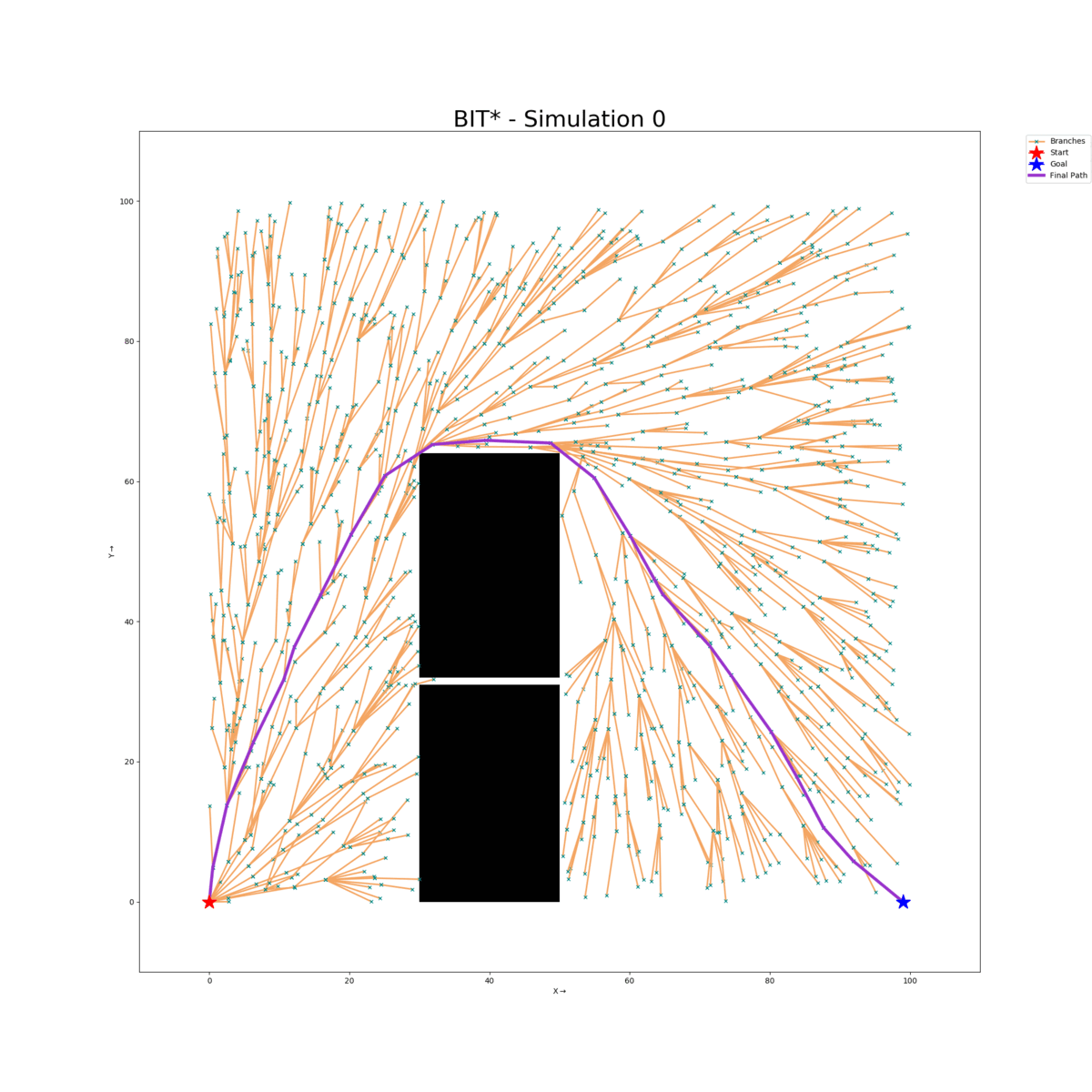I am a dedicated graduate student in the MS Robotics program at Northeastern University, deeply engaged in cutting-edge research at the Northeastern Autonomy and Intelligence Laboratory. Under the guidance of Professor Michael Everett, I am spearheading a groundbreaking project on High Speed Off-road Autonomy, striving for self-driving capability in challenging terrains with a focus on safety. My journey in robotics began at thirteen, sparking a passion that led me to pursue a B.E. in Electronics and Communication. From winning competitions to internships at Capgemini and RigBetal Labs, I have honed my skills in robotics, project management, and innovative problem-solving. Notably, my Road Anomaly Detection System (R.A.D.S.) algorithm, designed for cost-effective road anomaly detection, earned me a full-time job offer. I thrive on solving complex problems, love learning, and excel in collaborative environments. With a knack for quick and efficient learning, I am poised to make significant contributions to the field of robotics through my enthusiasm, skills, and commitment to innovation. Here is a (not so small) history of me:
My fascination with robotics began at the age of thirteen when I participated in a summer robotics course. This experience exposed me to essential robotics concepts like Arduino programming, the theory and application of diverse sensors and actuators, and most importantly, ignited my enthusiasm to pursue a career as a robotics engineer.
This ambition shaped my academic path. Recognizing robotics is an amalgamation of Electrical, Mechanical, and Computer Science Engineering, I opted for a B.E. in Electronics and Communication at Anna University, Chennai. This path provided crucial knowledge in Control Systems, Communication Networks, and Embedded Systems - all pivotal for robotics.
In eighth grade, I engaged in robotics competitions at N.I.T. Calicut, sparking my passion. Despite setbacks, I learned crucial lessons in software and hardware optimization, leading to an 8.62% performance boost. This ignited the spark and love I have for competition and optimization. Freshman year in college I clinched victory at Roboprix 2019 held at V.I.T. Chennai in a high speed Robot racing competition.
During the 2020 pandemic, I completed a 5-month internship at Capgemini as a Robotics Intern, focusing on a ROS-based AUGIR (Autonomous Ultraviolet Germicidal IRradiation) mobile robot. This experience enhanced my project management and leadership skills in corporate R&D. Using Fusion 360, we modeled the robot in URDF and simulated it in Gazebo, implementing SLAM algorithms for navigation. I developed a proprietary algorithm for sanitation, utilizing ray-casting to generate navigation waypoints for efficient cleaning. In a project that didn't explicitly demand such innovation, creating this algorithm showcased my ability to think outside the box and reinforced my commitment to developing innovative solutions, reducing my inclination to accept things as-is. Additionally, this experience taught me to approach robotics projects from a more holistic system-level perspective.
Furthering my journey, I participated in eYRC 2020-21, delving into ROS MoveIt!, MQTT IoT, Computer Vision, and website development. In May 2021, I played a pivotal role in the open-source project iq_gnc, enhancing Ardupilot drone developers' capabilities through code conversion and setting up a robust CI pipeline. This experience fortified my commitment to innovation and collaboration in the field of robotics.
Beginning August 15th, 2021, I interned at RigBetal Labs LLP, as a ROS/Robotics Intern. My tasks included multi-robot mapping, cloud robotics, and Gazebo simulation with Blender. Building on past experience of creating novel algorithms, I crafted the Road Anomaly Detection System (R.A.D.S.) algorithm. This algorithm was designed for detecting road anomalies such as potholes, employs surface normal analysis and clustering. It determines surface normal at each point using normal estimation and identifies the common normal via RANSAC. A clustering algorithm then groups points with deviating normal, facilitating effective road anomaly detection.
This project's novelty and success garnered me a full-time job offer. Notably, prompted by the client's request for a more budget-friendly solution than the initially costly 3D LiDAR, I proposed a cost-effective alternative: employing a rotating 2D LiDAR to emulate a 3D LiDAR. This innovation significantly reduced costs while preserving system efficiency and accuracy, underscoring my practical problem-solving abilities in the realm of robotics.
Courses taken:
Noteworthy Courses taken:
Project: Stochastic Model Predictive Control for bipedal loco-manipulation
Project: High Speed Offroad Autonomy
Generally, we can divide the approximations used in path planning into 2 types: Search-based and Sampling-based.
A recent approach called Batch Informed Trees (BIT*) combines the strengths of both search-based and sampling-based planners. In this work, we have used the pseudo-code from the paper and coded the algorithm from scratch, and tested its performance in R2 space for different motion planning scenarios using a custom visualizer.
Details
In this project, we present a Reinforcement Learning (RL) approach to the problem of Inverse Kinematics (IK), which involves controlling the end-effector of a 7 Degrees-of- Freedom (DoF) robotic arm to enable it to reach a target posi- tion. Our approach uses a policy gradient approach with non- linear function approximators like neural networks. Three major algorithms were investigated in this research (DDPG, SAC and TD3 algorithms). In addition, we see the effect of different reward structures in learning the optimal policy for our chosen domain. We demonstrate the effectiveness of our approach through experiments on a simulated robotic arm, showing that our method is able to learn a policy that can successfully control the arm to reach the target position.
Report Code
Intelligent Quads is a community dedicated to helping people learn how to become developers of intelligent drone applications.
The intelligent quads gnc_functions are
collection of high level functions to help make controlling
your drone simple. You can find functions for interpreting
state estimation, commanding waypoints, changing modes and
more. The documentation for using these functions is shown
here.

Inspired by Industry 4.0 principles, the e-Yantra Robotics Competition's latest edition showcases 'Vargi-Bots.' This theme centers on an automated warehouse management system within the Gazebo simulator, using ROS as a middleware. The setup includes two industrial robotic arms responsible for sorting and dispatching essential packages to various city locations. Notably, high-priority packages, such as those needed for emergencies, are given priority. Participants are challenged to design a smart controller to optimize the delivery process. The updates are sent out using MQTT in Python and are trackable in Google Sheets, which is automated through the Google Sheets API controlled using Python.
Code